Tires are an important part of any bike, and choosing the right one for the job at hand is important. Clincher tires are incompatible with tubeless rims because they require an inner tube to hold the air pressure.
On the other hand, Tubeless rims are designed to work without an inner tube by creating an airtight seal between the tire and rim. The main difference between clincher tires and tubeless tires is that clinchers have a wire or Kevlar bead that hooks onto the rim’s lip to secure the tire in place, while tubeless tires have a tighter fit and use liquid sealant to create an airtight seal.
We will discuss how can you use clincher tire on tubeless rims and the benefits of using clincher tires over tubeless rims for your specific cycling situation.
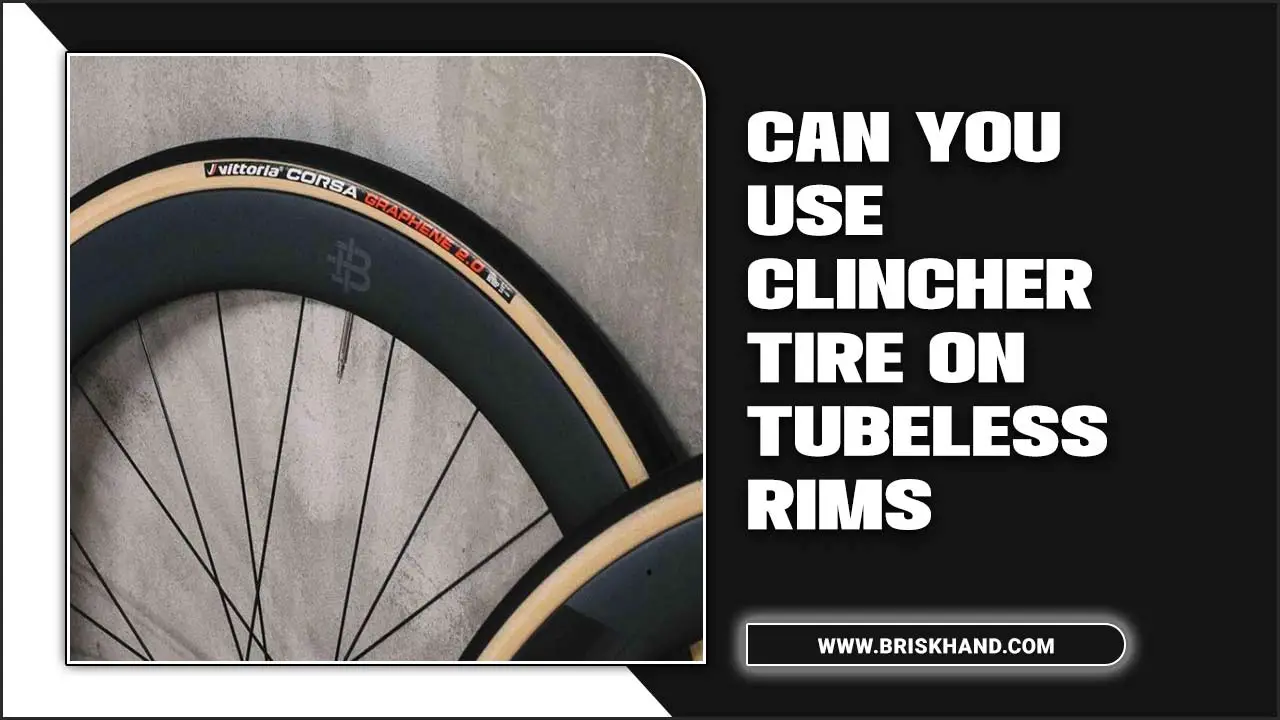
What Is A Clincher Tire?
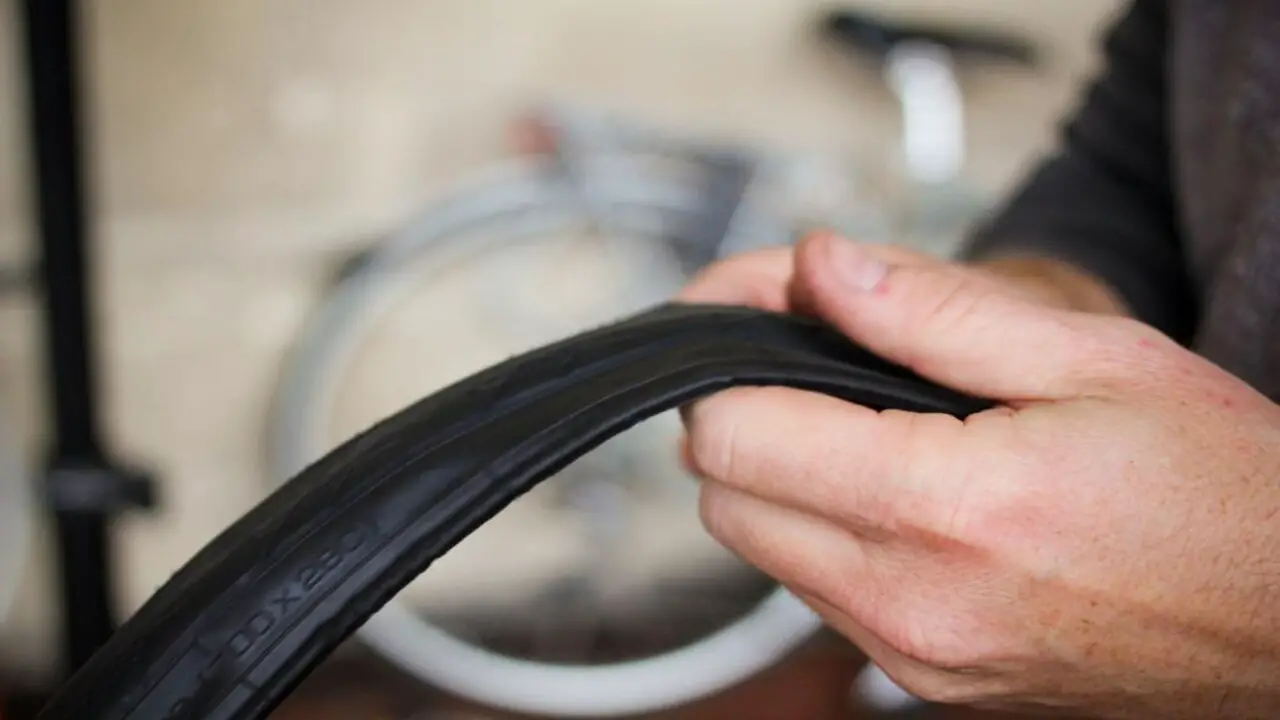
A clincher tire is a type of bicycle tire that is commonly handy on road bikes. The outer tire casing encloses a separate inner tube that holds the air. The two parts of the tire are held together by a bead that hooks onto the wheel’s rim, creating a secure seal that keeps the tire in place.
Clincher tires are popular because they are easy to install and replace and offer good puncture protection and durability. They also provide a smooth ride and good traction on paved roads, making them a great choice for cyclists who enjoy long-distance rides or racing. Clincher tires are a reliable and versatile option for road bike tire cyclists of all levels.
What Is A Tubeless Rim?
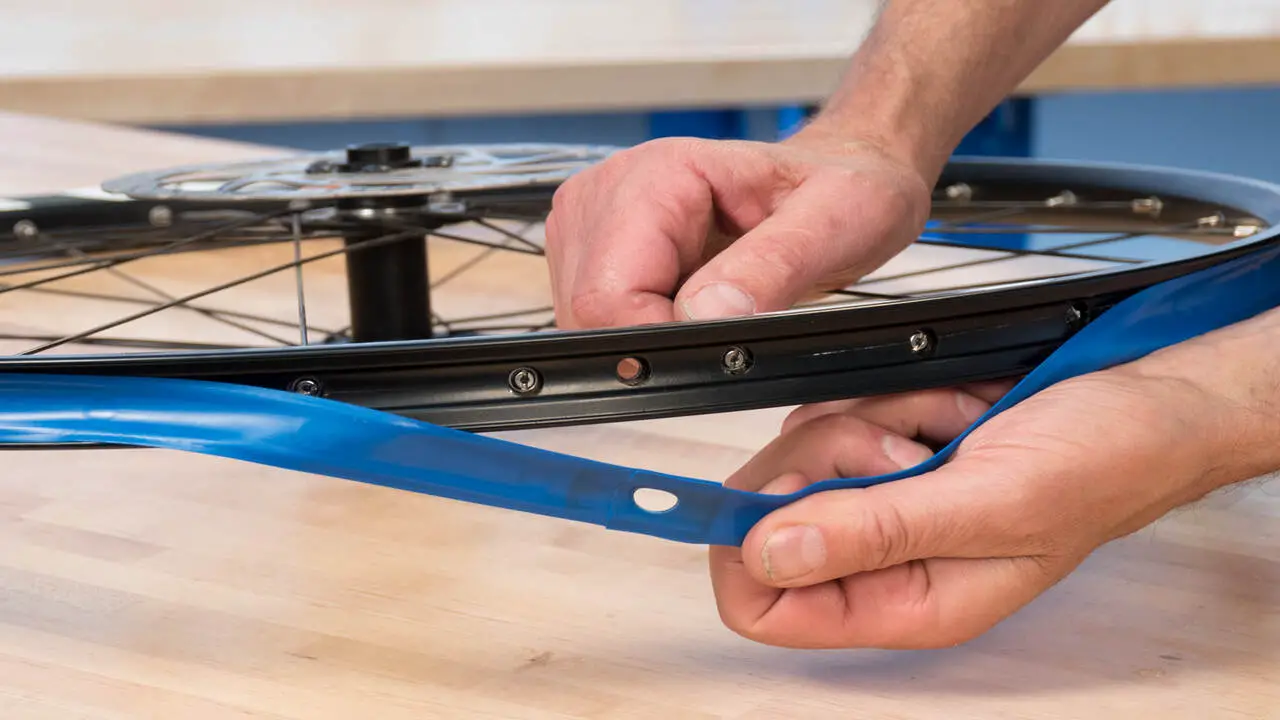
A tubeless wheel rim is a type of wheel rim that is designed to be used without an inner tube. Instead of relying on an inner tube to hold air pressure, the tire is mounted directly onto the rim and sealed with a special tape or sealant. This creates an airtight seal between the tire and rim, allowing the tire to hold air pressure without needing an inner tube.
Tubeless non-tubeless rims are becoming increasingly popular in cycling because they offer several advantages over traditional rims. They provide improved traction, reduced rolling resistance, and better puncture resistance for tubular tires.
How Can You Use Clincher Tire On Tubeless Rims:- Follow The Steps
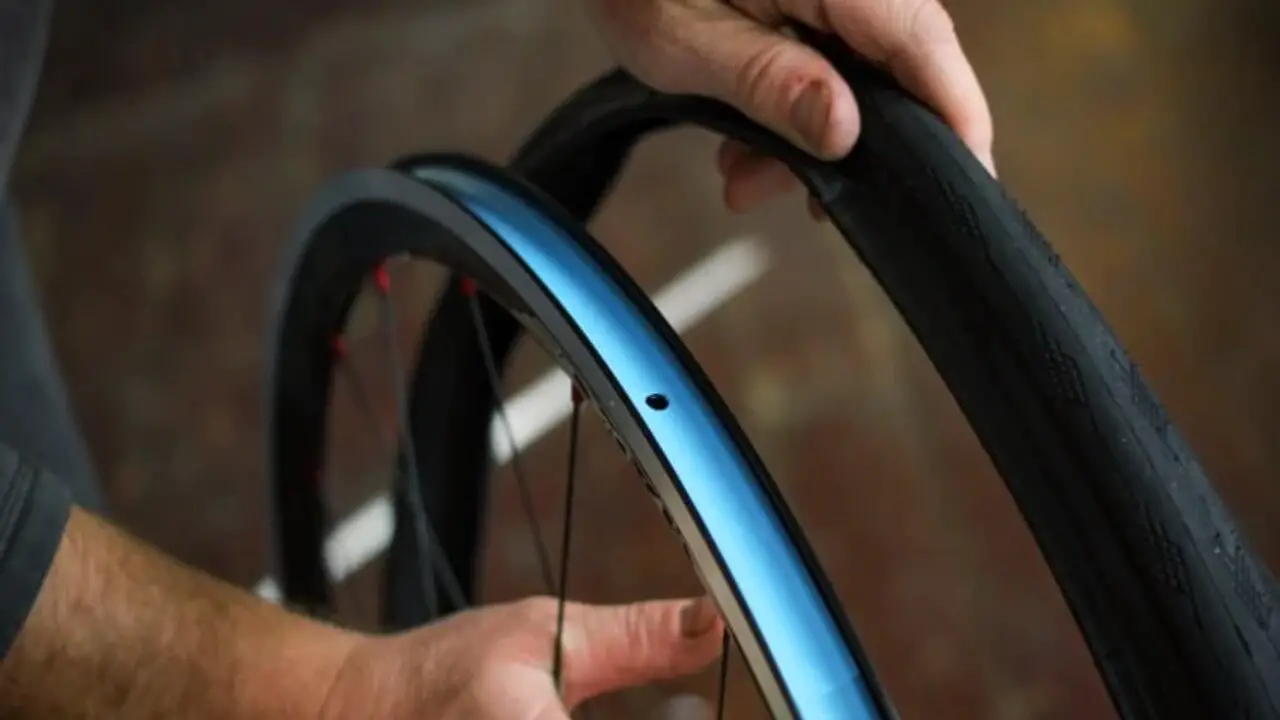
We know the advantage of a clincher tire on tubeless rims. While it is technically possible to use clinchers on tubeless rims. Tubeless rims specifically work with tubeless tires, which offer several benefits over traditional clincher tires.
The main advantage of tubeless tires is that they eliminate the need for an inner tube, which reduces the risk of flats and allows for lower tire pressures without sacrificing performance. On the other hand, Clincher tires require an inner tube to hold the air pressure, which can be more prone to punctures and blowouts. So, can you use clincher tire on tubeless rims? Below we will discuss whether you can use a clincher tire on tubeless rims or not.
Remove The Wheel
You can easily put a clincher tire on a tubeless rim with the right tools and techniques. The first step is to remove the wheel from your bike. Once you have the wheel brands in front of you, completely deflate the old tire.
Next, use tire levers to remove the tire from the rim, starting on one side and working your way around until both sides are free. Once you remove the old tire, clean the rim thoroughly to ensure you leave no debris or residue behind.
Place The Tire On The Rim
Putting a clincher tire on a tubeless rim might sound intimidating, but it’s actually a straightforward process. The first step is to place the tire on the rim. Position one side of the tire onto the rim, ensuring proper tire bead seating.
Once you have one side of the tire in place, use your thumbs to push the other side of the tire over the rim, working your way around until both sides of the tire are in place. You should take your time and ensure you seat the tire evenly around the rim. Once you’ve got both sides of the tire in place, you’re ready for country cyclocross tires to add air and finish installing your new tubeless setup.
Put Pressure On Both Sides Of The Tire To Seal It Onto The Rim
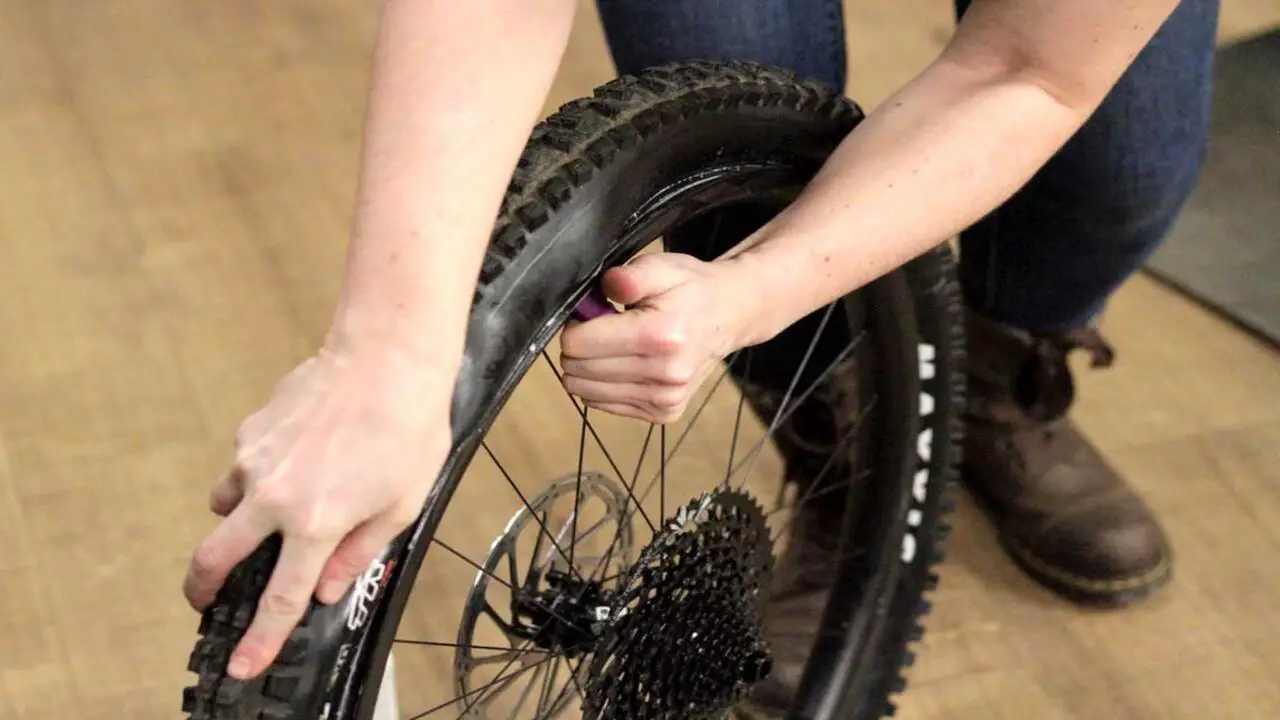
When putting clincher tires onto tubeless tubeless-ready rims, you must be sure you know how to do it. You risk encountering a flat tire on the road without proper tire sealing. To effectively seal a tire onto the rim, it is important to put pressure on both sides of the tire.
This creates an airtight seal that prevents air from escaping and inflates your tire. When seating the tire onto the rim, use your hands or a specialized tool to push down on both sides of the tire evenly.
Cut One Side Of The Tire To Fit Over Your Valve Stem
Cutting one side of the tire to fit over your valve stem may seem like a simple solution, but it can actually be quite dangerous. Not only does it compromise the integrity of the tire. But it can also lead to air leaks and even blowouts while driving.
It is important always to use tires that are on your vehicle and have not been altered in any way. If you are having trouble fitting a tire over your valve stem. It is best to seek professional road rider assistance or alternative solutions that do not involve modifying the tire. Safety should always be the top priority when it comes to maintaining your vehicle’s tires.
Fit Your Rim And Tighten All Bolts
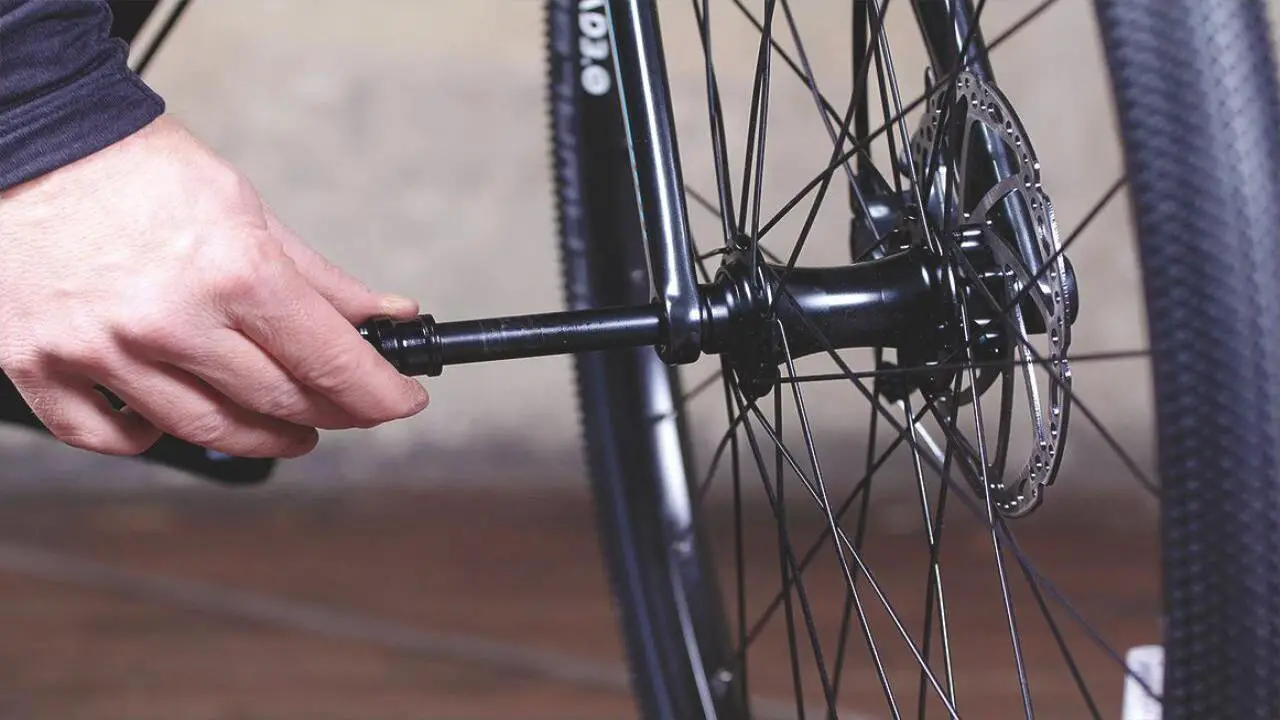
Fit your rim and tighten all bolts – these are crucial steps. In ensuring the safety and stability of your vehicle’s carbon wheels. When fitting a rim, it is important to ensure it matches the specifications. Of your car, including size, bolt pattern, and offset. Tubeless-ready wheels specifically have specific designs to be handy with tubeless tires. A wide variety of clincher tires are available for use on tubeless rims.
Once you have secured the rim onto the hub, it’s time to tighten all bolts evenly and in a criss-cross pattern. This helps distribute the pressure evenly across the wheel and prevents warping or damage.
The Good Sides And Possible Drawbacks of Using Clinchers On Tubeless Rims
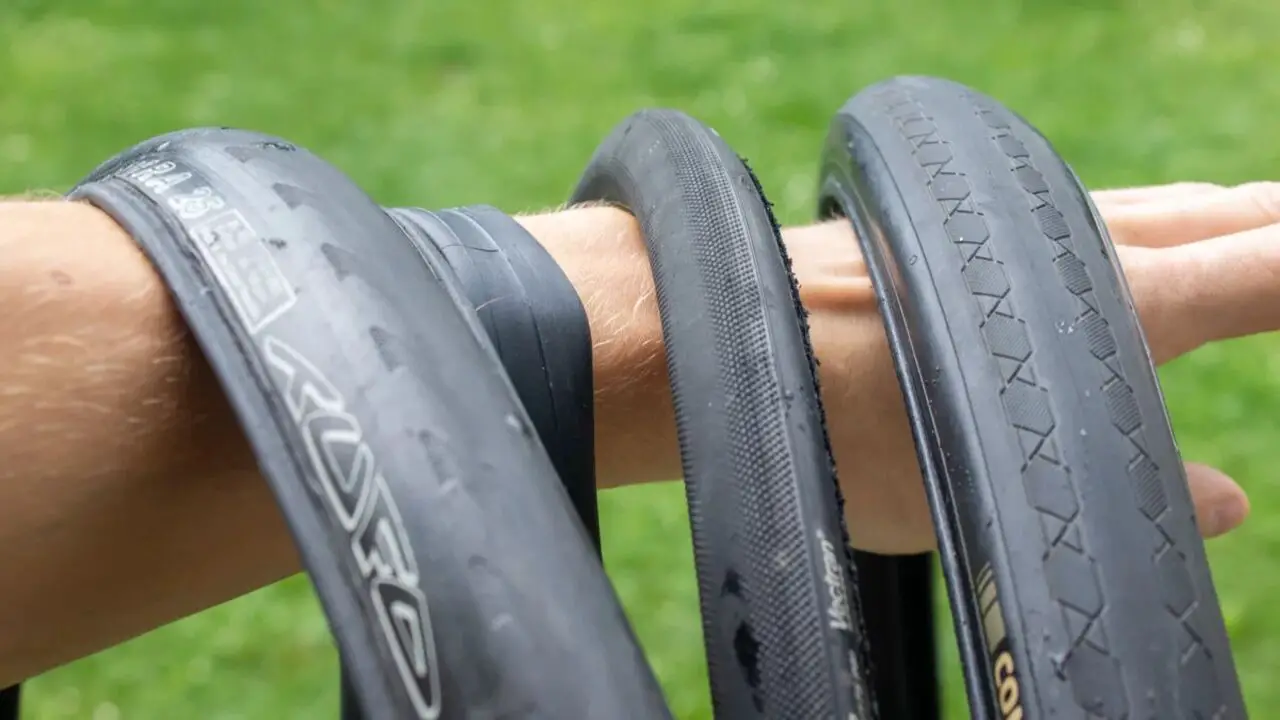
Clinchers have a few advantages over tubeless tires when using them on rims. The biggest advantage is that clinchers provide more consistent contact with the ground, which helps to reduce the chance of wheel spin.
Additionally, clinchers generally last longer than tubeless tires and do not require the same degree of care, so they’re a good option if you don’t. The biggest pro is that they have specific designs for high-speed applications, offering better traction than traditional tires. Disc brakes offer superior stopping power compared to traditional rim brakes.
However, there are a few potential drawbacks to using clinchers on tubeless rims. First, clinchers are less airtight than tubeless tires, which can allow air to seep into the system and cause flat tires. Additionally, clinchers are more difficult to mount and remove than tubeless tires, so you may have to take more care when installing or removing them.
For Road Bike
Using a clincher tire on your road bike can provide a number of benefits for both casual and competitive riders. Road bikers commonly use clincher tires because they are easy to install. And offer a great balance of durability, performance, and affordability. One of the main advantages of using a clincher tire is that they are compatible with almost all types. Of rims, which makes them a versatile choice for riders who like to switch between genuine tubeless tires or wheelsets.
Pros
- Versatility
- Cost-effective
- Easier maintenance
- Wide availability
Cons
- Increased risk of punctures
- Limited options for lower tire pressures
For Mountain Trike Bikes
Using clincher road tires on your mountain bikes can provide several benefits for riders. One of the main advantages is that clincher crappy tires are easy to change. And repair, which can be useful when out on the trails. With a clincher tire, you simply need to remove the tire from the rim and replace it.
It is with a new one, rather than having to patch or glue a tubeless system (with tire sealant). Clinchers are also generally less expensive than ready tires, making them a more economical option for riders. Additionally, clincher tires tend to be more puncture-resistant than other types. Carbon fiber wheels are popular for their exceptional strength and lightweight properties.
Pros
- Wide tire compatibility for mountain bikers
- Easy installation
- Accessibility
- Cost-effective
Cons
- Limited puncture protection
- Lower performance potential
What Is The Difference Between A Clincher Tire And A Tubeless Rim?
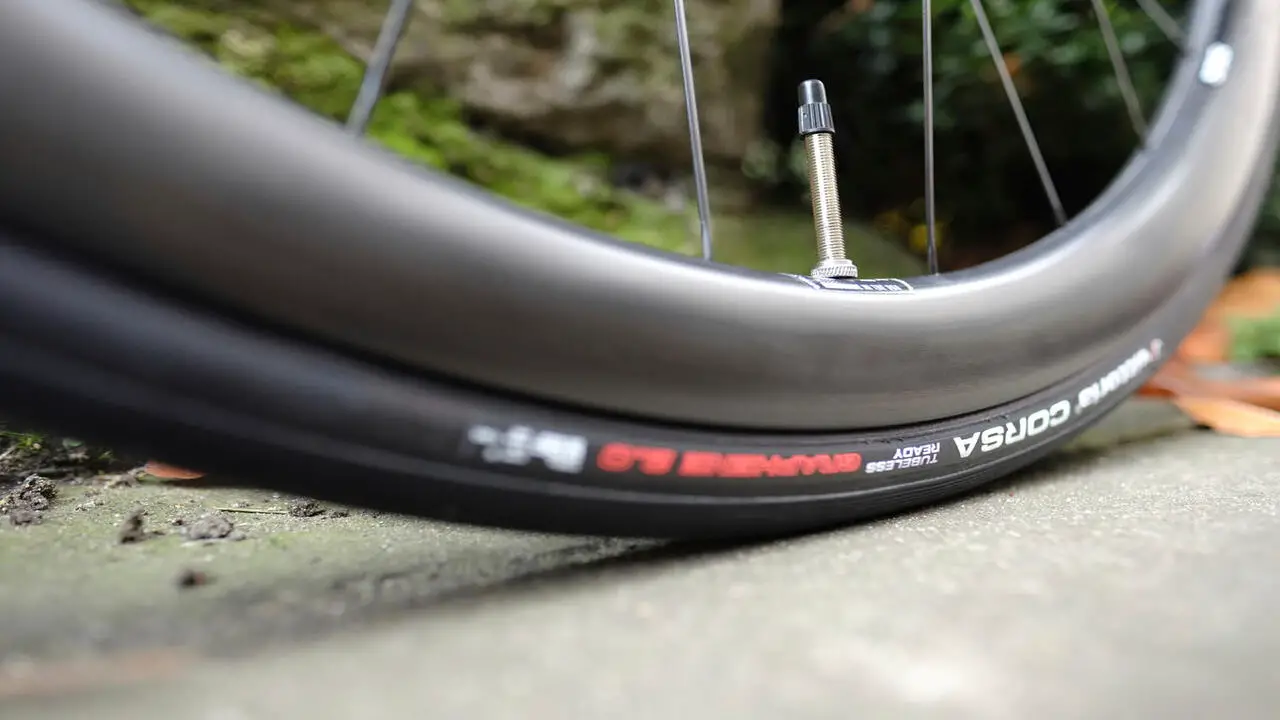
When choosing a bicycle tire with tube, it’s important to understand the difference between clincher tires and tubeless rims. Clincher tires are the most common type, with a separate inner tube holding the air and a bead hovering onto the rim.
On the other hand, Tubeless rims have specific designs to use without an inner tube, with the tire attaching directly to the rim for an airtight seal. Clincher tires are popular for their simplicity and ease of use. They are affordable and easy to replace or repair by replacing the inner tube. They are also widely available for convenient replacement.
Tubeless rims offer several advantages over clincher tires. They provide a smoother ride with no friction between the tire and tube. They are also more resistant to punctures as there is no inner tube to be pierced. Additionally, they allow for lower tire pressures, improving traction.
FSA Crankset Vs Shimanocan All Clincher Tires Be Used On Tubeless Rims?
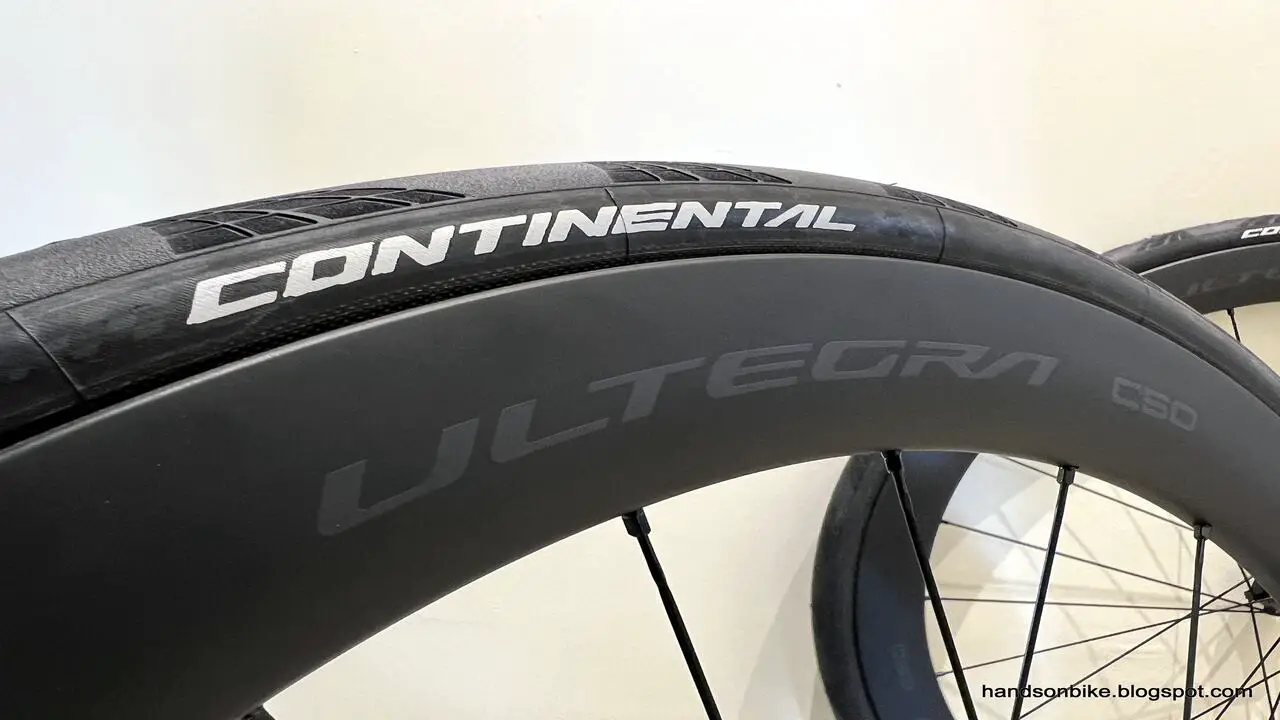
Tubeless rims have become increasingly popular in recent years as they offer a number of advantages over traditional rims. These include improved puncture resistance and reduced weight. Clincher tires are especially well-suited to tubeless use, as they have a much lower profile than standard tires.
It is important to check the manufacturer’s specifications and recommendations to determine whether a particular clincher tire is suitable for use on tubeless rims. Using a tire that is not compatible with tubeless rims can result in poor performance, decreased safety, and potential damage to the tire and rim.
By choosing the right clincher tire for your tubeless rims, you can enhance your overall cycling experience and enjoy a smoother and more efficient ride. Some of the clincher tires that are compatible with tubeless rims include
- The Continental Grand Prix 5000 TL,
- Schwalbe Pro One Tubeless,
- Pirelli P Zero Velo Tubeless, and
- Michelin Power Road Tubeless.
Clincher wheels consist of a tire that features a bead around its edge, which hooks onto the rim of the wheel. This design allows for easy tire installation and removal, making it convenient for riders who frequently change their tires. These tires are designed specifically for tubeless setups, offering improved puncture resistance, lower rolling resistance, and increased grip on the road.
Is It Safe To Ride With A Clincher Tire On My Tubeless Rim?
Regarding the compatibility of a clincher tire on a tubeless rim, it is essential to consider safety as the paramount concern. While it is technically possible to mount a clincher tire on a tubeless rim, it is not recommended due to potential safety risks. The issue of using clincher tires on tubeless rims has sparked a debate among cycling enthusiasts.
Clincher tires, the most common type, rely on an inner tube to maintain air pressure and ensure a secure fit on the rim. On the other hand, tubeless rims have specific designs to be handy with tubeless tires, creating an airtight seal without needing an inner spare tube. This fundamental difference in design can lead to compatibility issues and compromise safety.
Conclusion
It is very important to know how can you use clincher tire on tubeless rims. While using a clincher tire on tubeless rims is technically possible, most manufacturers do not recommend it, which can lead to potential safety hazards.
Tubeless tires are specifically designed for tubeless rims and provide a more secure and efficient seal, reducing the risk of flats and improving ride quality. The appropriate tire and rim combination is always best for optimal performance and safety.
If you are unsure about the compatibility of your tires and rims, it is best to consult a professional or refer to the manufacturer’s recommendations. Remember, safety should always be a top priority when choosing and maintaining your tires and rims.
Frequently Asked Questions
Are Clincher Tires Better?
Clincher tires are a popular choice for most cyclists due to their ease of use, affordability, and availability. They are designed with an outer tire and an inner tube, making it easier to change flats.
Do Clincher Tires Need Special Rims?
Clincher tires are a type of tire that has a separate inner and outer tube. They are designed to be mounted on special rims that have reinforced sidewalls and a wider tread. This design makes clincher tires more resistant to punctures, but it also requires that they be used on rimmed wheels that have been specifically designed for them.
What Is A Clincher Rim?
A clincher is a bicycle rim that holds and secures a clincher tire. The clincher tire has a bead on the edge that fits into a groove on the rim, allowing easy installation and removal.
Are Tubeless Tire Rims Different?
Yes, tubeless tire rims are different from traditional tire rims. Tubeless rims are designed to create an airtight seal with the tire, eliminating the need for an inner tube.
Are Tubeless Tires Heavier Than Clincher?
No, tubeless tires are not necessarily heavier than clincher tires. The weight of a tire depends on various factors, such as the brand, model, and size.

I am passionate about writing blogs about bikes. I love riding my bike and love talking about it even more. My blog is the perfect place for anyone who loves biking as much as I do. Come check it out and learn some tips and tricks from me!

